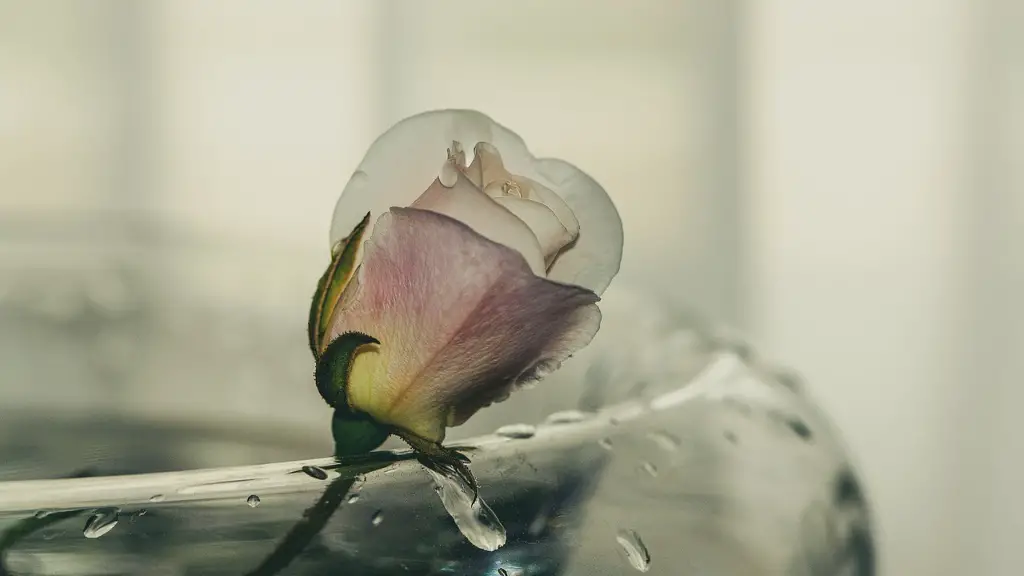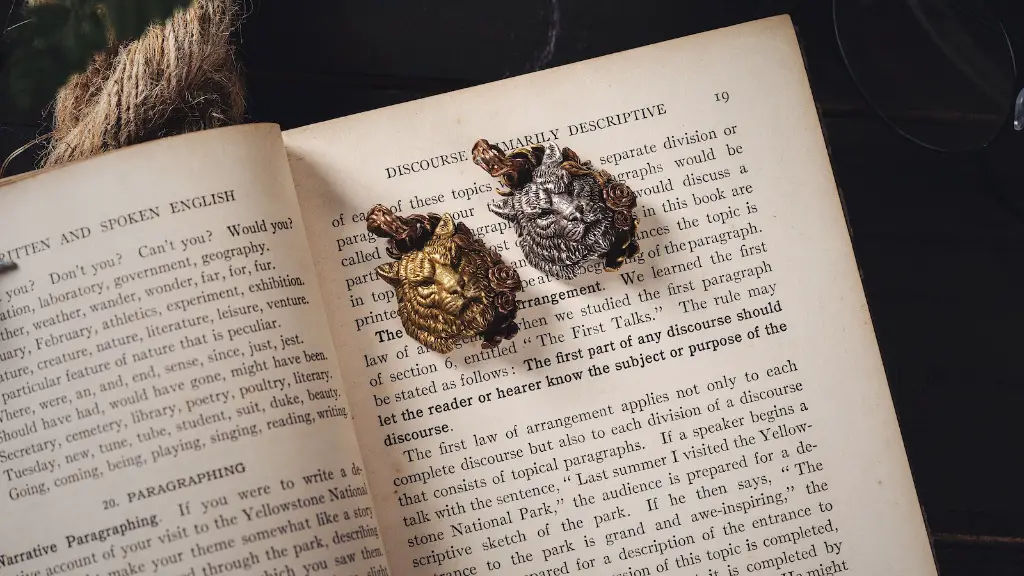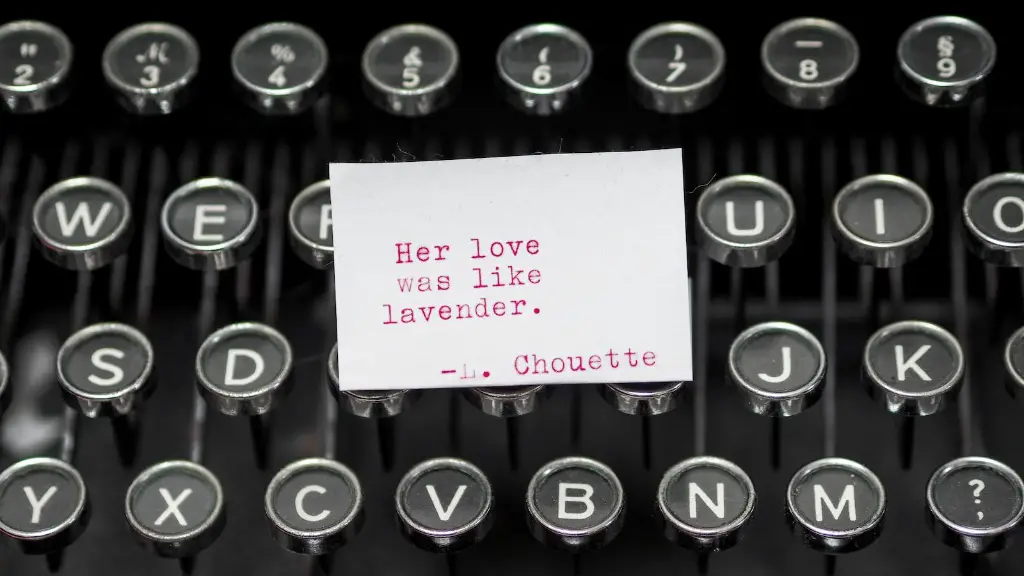Personification In Poetry
Personification is a literary device that brings human qualities to inanimate objects, animals, and ideas. It’s one of the oldest and most powerful techniques used in poetry, and has upheld its reputation as an effective tool to give life to words and ideas. Personification is a way to make an abstract concept tangible, allowing the reader to draw real-world context from something that may normally be too broad or expansive to convey in a poem.
Poetic Expression With Personification
Personification is a poetic tool used by writers to add depth and meaning to their work. With the correct implementation of personification, writers are able to bring the dynamics of human life into their writing. Personification can take things that are otherwise inanimate, such as nature or abstractions, and make them relatable and easier to understand. By assigning human qualities to abstract concepts, such as sadness or anxiety, readers can gain a clearer understanding of the poem’s meaning.
Creating Imagery With Personification
Personification can also lift a poem to a more lyrical level. By assigning body parts to abstract concepts, readers are able to make a connection between language and empathy, allowing them to visualize what the poem is describing. Using personification, a poet can create vivid descriptions of experiences that may otherwise be difficult to express.
For example, if a poet were writing about the feeling of being lost in a storm, they could create a vivid image by saying; “The thunder roared, shaking the ground with its angry fists.” With the use of personification, the poet has assigned human characteristics to the thunder, allowing readers to more easily visualize the powerful storm.
Inculcating Emotions Through Personification
Personification also cultivates an emotional intensity within a poem. By assigning human emotions and experiences to inanimate objects, ideas and abstractions, the poet can add an element of pathos to their writing. Personification can provide a bridge between the reader and the poem, allowing them to identify and relate to the characters in the poem. This type of identification fosters deeper connections between the poem and the reader, increasing the poetic impact on the audience.
Personification To Create Mini-Stories
Personification also allows poets to create mini-stories within the poem. By taking a non-human object, such as a tree or a flower, and connecting it with human-like experiences, poets can create dynamic and engaging narratives. By taking a non-human character and creating an actual story, the poet allows the reader to experience something through the poem’s words that may not be possible in real life.
Personification And Figurative Language
Personification is also closely linked with other types of figurative language, such as metaphors and similes. Personification is a way to add human qualities and emotions to things that are not human, while metaphors are a more direct comparison of two unlike things. By combining personification and metaphors, a poet can create more impactful and vivid language.
Personification To Add Humour
Personification also adds a layer of humour to poems. By assigning human qualities and emotions to non-human characters, the poet can add a comedic element to the poem. This kind of humour often results in an unexpected conclusion, which can surprise and delight the readers.
Personification In Modern Poetry
Personification is still a dynamic tool in modern poetry. Poets such as Rupi Kaur and Nayyirah Waheed use vivid personification to create powerful stories and images, and to bring their poems to life. Personification allows poets to express universal human emotions in unique and refreshing ways, allowing them to reach a more passionate connection with their audience.
Personification To Show Gratitude
Personification is also a key tool in expressing gratitude. By assigning human qualities to non-human things, such as a plant or a tree, a poet can foster an emotional connection with their audience. This kind of connection is often used to express appreciation and admiration for the natural world, and to bring a sense of calm and serenity to the poem.
Personification To Show Empathy
Personification can also be used to show empathy. By giving inanimate objects and abstractions human qualities, the poet can foster a deeper connection with their audience. Through this connection, the poet is able to create more emotional resonance and a greater understanding of life experiences and emotions that may otherwise be challenging to articulate.
Personification To Create Narratives
Personification can also be used to create compelling narratives. By assigning human characteristics to objects, animals, and ideas, the poet can create a story-like feeling within their poem. This can add a layer of suspense and intrigue to the poem, as the reader is drawn in by the characters and the narrative takes form.
Personification To Show Contradictions
Finally, personification is also a key tool in poetry for showing contradictions. By assigning human qualities to abstract ideas and non-human objects, the poet can create an unexpected juxtaposition. This can provide an unexpected shift in the poem’s narrative, as the readers are taken from the mundane to the strange, from the expected to the unexpected.



